SUMMARY
This is AI generated summarization, which may have errors. For context, always refer to the full article.
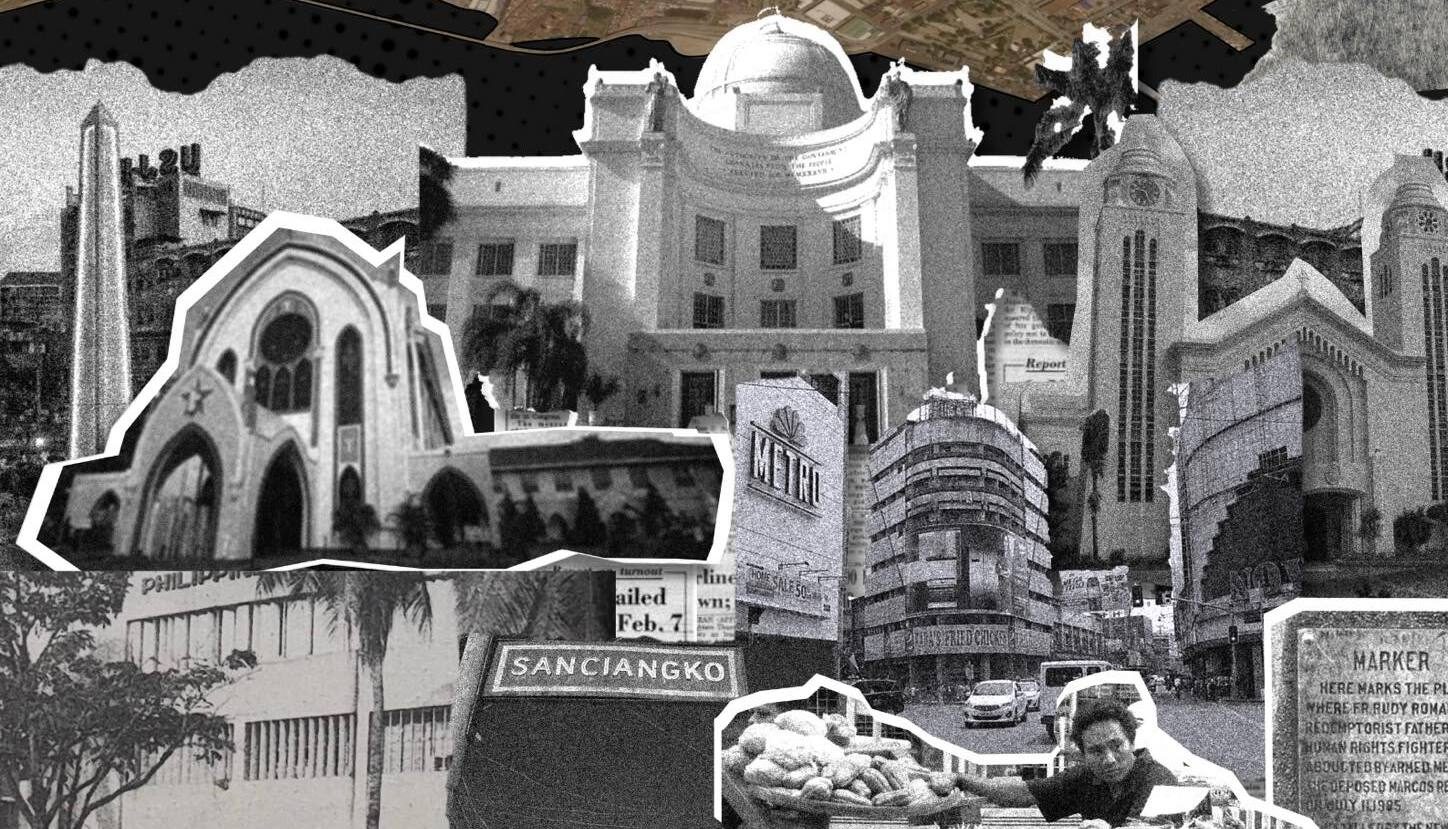
CEBU, Philippines – In commemoration of the 38th anniversary of the People Power Revolution, Project Gunita researchers unveiled an informative map of Cebu City with detailed descriptions of events linked to the Martial Law years and the Marcos dictatorship.
Project Gunita co-founder Sarah Gomez told Rappler on Wednesday, February 21 that the map is the result of their efforts to uncover documents and testimonies via interviews with Cebuano Martial Law survivors in March 2023.
The map consists of 10 significant locations, each representing areas in Cebu where movements and protests took place leading up to the 1986 EDSA uprising.
“The map’s descriptions are all in Cebuano. We are really making this directed towards the people of Cebu. We also want to provide an avenue for people who aren’t politically active yet but want to learn more,” Gomez said.
John Kyle Enero, the Cebu coordinator of the project, explained that major pre-EDSA events that happened in the province occurred between 1983 and 1984. These included the human rights violations and arrests against activists and critics of the Marcos administration.
In the first few years after the declaration of Martial Law in 1972, Enero said, political kingpins, especially allies of the late dictator took control of local governments in Cebu and pushed political enemies like the Osmeñas away from their people.
“It was around 1978 to 1979 that protests began to break apart here in Cebu and it did not come in the form of a welga (strike) like how it happened in La Tondeña but there were protests in Cebu mainly concerning urban poor issues,” Enero added.
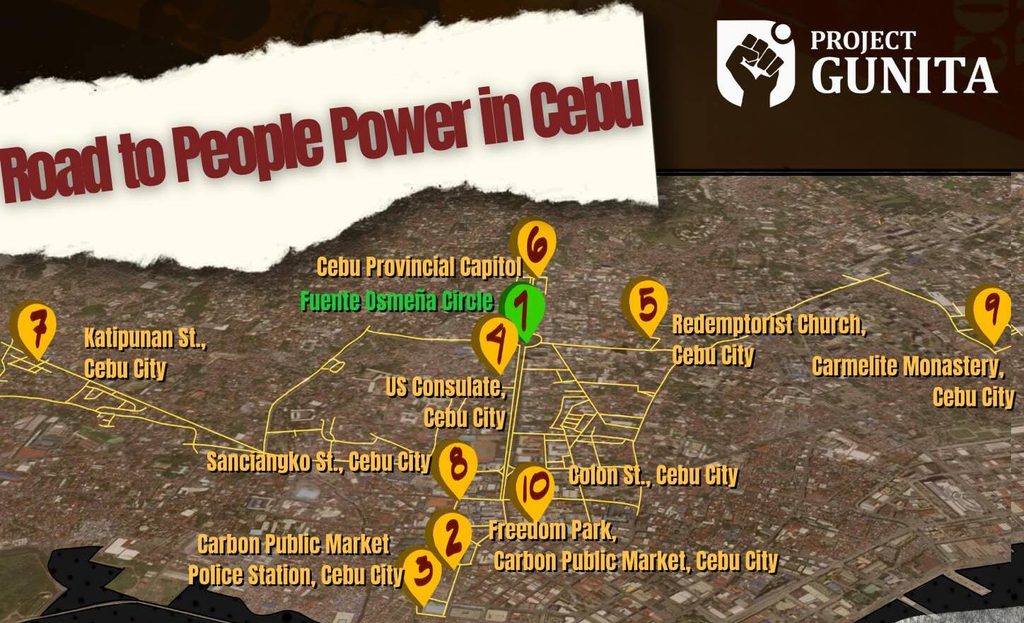
Check out the locations that mark Cebu’s People Power history below:
Fuente Osmena Circle
At the heart of the metropolitan area of Cebu City is the Fuente Osmeña Circle, one of the centers of demonstrations and rallies that still happen at present day.
“Usually, the protest routes (of the past) would start from Metro Colon to Fuente Osmeña or from Capitol to Fuente Osmeña so they converge in the middle,” Enero told Rappler.
From November 27 to 30, 1983, thousands of students, activists, and citizen groups led demonstrations against Martial Law, boycotts against the 1984 snap elections, and called for the resignation of Marcos Sr. at Fuente Osmeña Circle.
The plaza is also where former president Corazon Aquino led Cebuanos during the Tagumpay ng Bayan rally on February 22, 1986, a few days before she sought sanctuary at the Carmelite Monastery.

Freedom Park
The Freedom Park, located in front of the University of San Jose-Recoletos, was where one of the first multi-sectoral demonstrations took place after the declaration of Martial Law.
Enero said the late veteran Cebuano journalist Emmanuel “Anol” Mongaya, together with fellow activists, attempted to hold a protest at the Freedom Park in 1979 to protest against the Marcos dictatorship.
“Gipanawagan nila kaniadto ang pagsuporta sa mga biktima sa demolisyon sa Cebu North Reclamation Area ug pagundang sa Balaud Militar,” Project Gunita’s post read.
(They called for the support of the victims of the demolitions at the Cebu North Reclamation Area and the end of the Martial Law.)

Carbon Public Market
According to historical records, ambulant vendors were being cleared out of their stalls in Carbon Public Market on November 26, 1983. At the time, this was part of the Cebu City government’s major clearing operations in coordination with the police.
“When this issue started to grow, vendors had their own organization and there were student supporters who were protesting against the mass displacement of ambulant vendors,” Enero told Rappler.
In the present day, redevelopment of the Carbon Market led to a massive demolition of stalls, affecting at least 8,000 vendors.

US Consulate
At the US Consulate, which used to be located at Osmeña Boulevard in Cebu City, around 5,000 students attended a rally to boycott classes on November 30, 1983.
“The US Consulate protest in particular was a Bonifacio Day protest…their banners read ipatumba ang Marcos-US dictatorship (Down with the Marcos-US dictatorship),” Enero said.

Redemptorist Church
The Redemptorist Church was where Father Rosales “Rudy” Romano, a Redemptorist priest who was active during the campaign against the Marcos regime, served.
On July 11, 1985, Romano was allegedly taken by military operatives in Barangay Tisa, Cebu City and was never found again.
The church became a headquarters for search parties organized for the priest.

Cebu Provincial Capitol
The infamous Battle at the Capitol is one of the most violent protests that took the lives of some activists, including 17-year-old Raul Pintoy.
“On May 19, 1984, the traditional opposition held protests… anti-Marcos traditional politicians protested in the Capitol, along with other groups, because of the snap elections,” Enero said in a mix of Cebuano and English.
According to Enero, police forcefully removed activists from the Cebu Provincial Capitol, resulting in a massive brawl.

Katipunan Street
On July 11, 1986, the Cebu City government installed a marker along Katipunan Street in Barangay Tisay to honor the memory of Father Rosales “Rudy” Romano.
“Here marks the place where Fr. Rudy Romano, a Redemptorist father and human rights fighter, was abducted by armed men of the deposed Marcos regime on July 11, 1985,” the marker read.

Sanciangko Street
On the same day of Romano’s disappearance, a youth activist by the name of Roland “Levi” Ybañez was also abducted and never resurfaced.
“Sanciangko Street was where Levi was abducted. That is one of the Martial Law human rights abuses that was recorded in our archives,” Gomez told Rappler.
Activist groups still conduct activities to remember their contributions to Cebu’s People Power history.

Carmelite Monastery
From February 22 to 23 in 1986, Corazon Aquino sought sanctuary at the Carmelite Monastery. Many historians claimed that the nuns at the papal enclosure did so to show “unity” against the Marcos dictatorship.
In a previous Rappler article, Carmelite Mother Superior Aimee said she used her prerogative then to allow Aquino, a non-Carmelite priest or nun, to enter the monastery without permission from the Pope.
“Giila sa mga madreng Carmelite si Cory Aquino isip President (The Carmelite nuns acknowledged Cory Aquino as the Oresident),” Project Gunita’s post read.

Metro Colon
According to Enero, Metro Colon, the oldest national road in the Philippines, was a convergence point for many activists hailing from the north and south of Cebu.
Enero said the road is where many activists during the First Quarter Storm and anti-Marcos campaigns conducted rallies and spoke on numerous issues concerning the urban poor, students, and other sectors.
One of the major people’s uprisings that happened in Metro Colon is the Lakbayan where protestors against the regime walked from Danao City in the north and protestors from Carcar City in the south to meet at the center of the old road.

As of posting time, researchers at Project Gunita are still collating more documents and testimonies from activists who were present during the anti-Marcos campaigns.
Enero encouraged fellow Cebuanos and supporters to go to the markers and take their pictures there to commemorate the “Road to EDSA” in Cebu.
“You don’t need to wait for a movement to learn all about this. It is there for you,” Gomez said.
For those interested in helping Project Gunita, click on this link. – Rappler.com
Add a comment
How does this make you feel?





![[Newspoint] A Freedom Week joke](https://www.rappler.com/tachyon/2024/06/20240614-Filipino-Week-joke-1.jpg?resize=257%2C257&crop_strategy=attention)

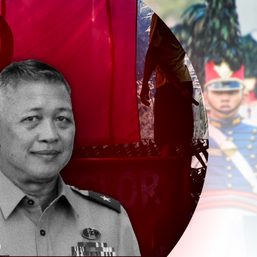
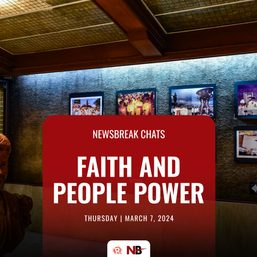
![[Bodymind] Forgiveness, Enrile, and Bongbong Marcos Jr.](https://www.rappler.com/tachyon/2024/03/forgiveness-enrile-bongbong-march-6-2024.jpg?resize=257%2C257&crop=411px%2C0px%2C1080px%2C1080px)
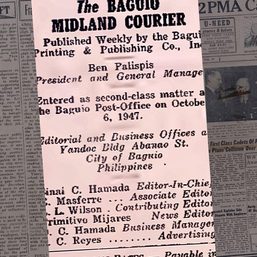
![[OPINION] Raised on radio](https://www.rappler.com/tachyon/2024/04/raised-on-radio.jpg?resize=257%2C257&crop=396px%2C0px%2C720px%2C720px)
![[Just Saying] Marcos: A flat response, a missed opportunity](https://www.rappler.com/tachyon/2024/04/tl-marcos-flat-response-april-16-2024.jpg?resize=257%2C257&crop=277px%2C0px%2C720px%2C720px)
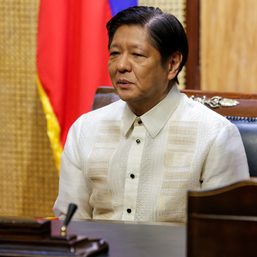

![[OPINION] From ‘Puyat’ to ‘Tulog’: Clout-chasing street signs disrespected history](https://www.rappler.com/tachyon/2024/07/gil-puyat-july-26-2024.jpg?resize=257%2C257&crop=389px%2C0px%2C1080px%2C1080px)


![[Time Trowel] Yamashita gold is a myth, and treasure hunting is not archeology](https://www.rappler.com/tachyon/2024/06/myth-yamashita-treasure-june-14-2024.jpg?resize=257%2C257&crop=435px%2C0px%2C1080px%2C1080px)
There are no comments yet. Add your comment to start the conversation.